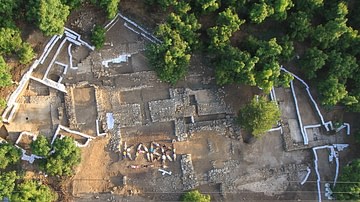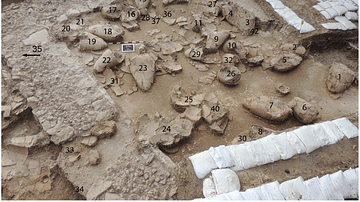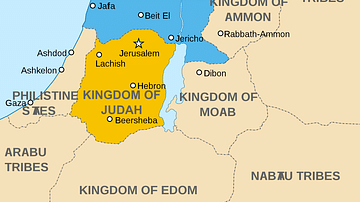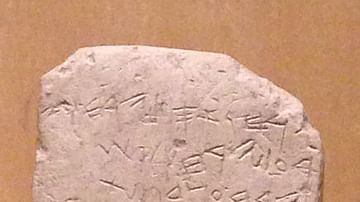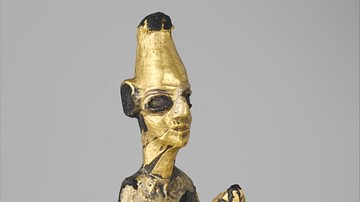Video
Cite This Work
APA Style
University, E. (2014, May 22). Jacob Wright: The Oldest Reference to Israel. World History Encyclopedia. Retrieved from https://www.worldhistory.org/video/490/jacob-wright-the-oldest-reference-to-israel/
Chicago Style
University, Emory. "Jacob Wright: The Oldest Reference to Israel." World History Encyclopedia. Last modified May 22, 2014. https://www.worldhistory.org/video/490/jacob-wright-the-oldest-reference-to-israel/.
MLA Style
University, Emory. "Jacob Wright: The Oldest Reference to Israel." World History Encyclopedia. World History Encyclopedia, 22 May 2014. Web. 19 Apr 2024.
